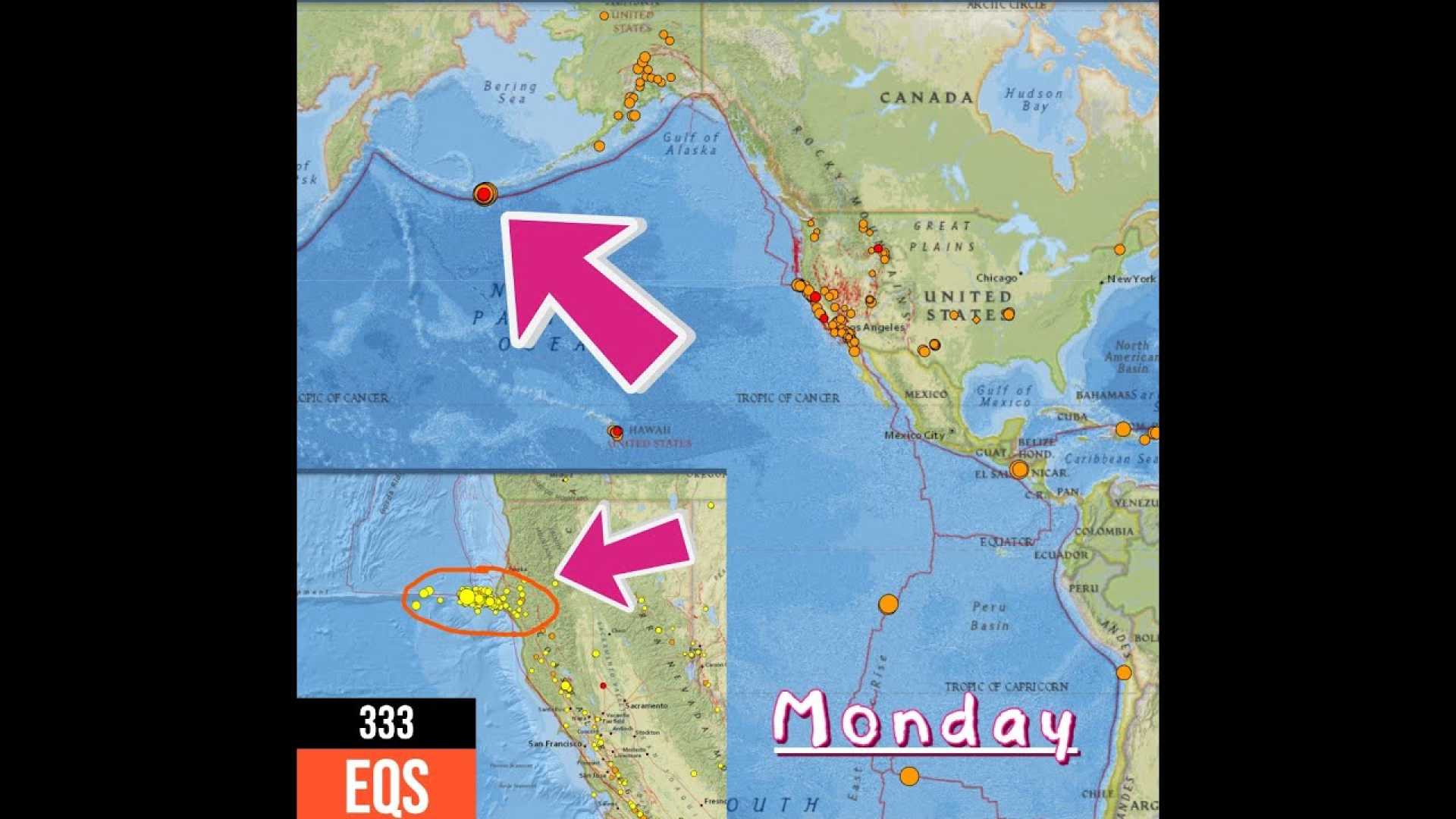News
Recent Earthquakes Highlight Challenges and Importance of Seismic Monitoring

In the past few days, significant seismic activity has been reported in both California and Alaska, highlighting the ongoing challenges and importance of earthquake monitoring. On December 5, a magnitude 7 earthquake struck approximately 60 miles off the coast of California, triggering a tsunami alert for some cities in northern California. Although the alert was later rescinded and no serious casualties were reported, the event underscored the potential devastation that earthquakes can cause. The quake caused minor damage and alarming shaking, but fortunately did not result in any serious injuries or fatalities.
In Alaska, a series of earthquakes has been monitored off the Aleutian Island chain. Starting on December 8, a magnitude 6.3 earthquake occurred southwest of Adak, Alaska, followed by several aftershocks and two more significant quakes of magnitude 6 or greater within 20 minutes of each other. This sequence is described as an earthquake swarm rather than a typical mainshock-aftershock sequence. Seismologists are closely monitoring the area due to its history of large earthquakes, although they emphasize that such swarms are common in the Aleutians and do not necessarily indicate a more substantial event.
The complexity of predicting earthquakes remains a significant challenge. Despite decades of research, scientists have not been able to reliably predict individual earthquakes. However, they can forecast the likelihood of large earthquakes occurring in specific regions over certain periods. For example, San Francisco has a 51% forecasted probability of experiencing a magnitude 7 earthquake or higher over the next 30 years, making it crucial for such areas to invest in earthquake preparedness.
The Gutenberg-Richter law, which plots the energy released by earthquakes against their frequency, provides valuable insights into the predictable patterns of earthquake occurrences. This law helps scientists understand the probability of larger, more deadly quakes occurring in a given area, even though it does not predict the exact time or place of such events.
These recent events underscore the importance of continuous seismic monitoring and preparedness. The Alaska Earthquake Center and other seismic monitoring organizations play critical roles in tracking and understanding earthquake activity, which is essential for public safety and infrastructure planning.












